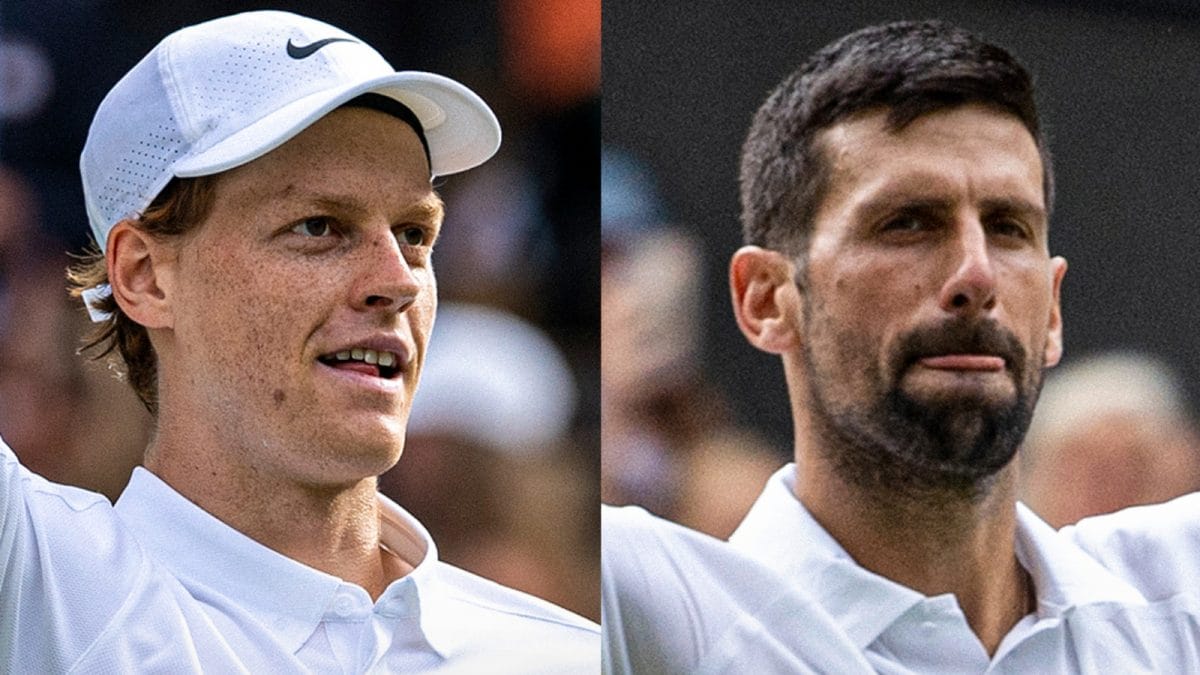ARTICLE AD BOX
India’s teen sensation Rameshbabu Praggnanandhaa defeated Norway’s number one Magnus Carlsen at the Freestyle Grand Slam in Las Vegas last night. Pragg playing with white pieces has dominated the world number one throughout and qualified for the quarterfinals of the tournament.
The emphatic performance from Pragg has come after a disappointing performance at the Paris leg, where he finished in ninth place. Carlsen, on the other hand, leads the overall ranking of the Grand Slam Tour as he won the earlier legs at Karlsruhe and Paris, and he finished third in Weissenhaus, Germany.
However, in Vegas, things have taken a bitter turn for Carlsen as he finished only fifth and is out of this leg of the competition. Carlsen has lost back-to-back games, one against Levon Aronian in a tiebreaker and one against Pragg.
Freestyle Chess Grand Slam Tour is a series of five chess events, started by Germany’s Jan Henric Buettner, which will be held in 2025 in cities like Weissenhaus, Paris, New York, New Delhi, and Cape Town.
What is Freestyle chess
Freestyle chess is a variant of chess that was popularised by the legendary Bobby Fischer way back in 1996. It’s chess with a twist.
In regular chess, positions of chess pieces on the back ranks are fixed: the rooks are stationed on the corners, the knights start on the b and g files, the bishops on the c and f files. Both kings are on e file squares while the queens start on d squares.
But in freestyle chess, the positions of these pieces are randomised at the start of the game, although the eight pawns in front of these pieces start where they usually do. This format is meant to promote creativity from players. The unique opening position in each game eliminates all the opening theories which players like Fischer and Carlsen say make chess very theoretic and bookish in the first phase.
Story continues below this ad
Players are forced to navigate uncharted territory from the first move itself rather than having the luxury of playing out the first series of moves based on preparation cooked by their team. In total, there are 960 possible starting positions on the board when the minor and major pieces at the back ranks are shuffled.
It must be noted that the pieces still retain their regular characteristics in action: rooks move in straight lines, bishops cut across the board in sweeping diagonal movements, and the knights make sickle-like veering motions and retain the ability to hop over pieces.
Over the years, freestyle chess has earned many names: Fischer Random Chess, Chess 9LX and Chess 960.
© IE Online Media Services Pvt Ltd



.png)
.png)
.png)


























 English (US) ·
English (US) ·